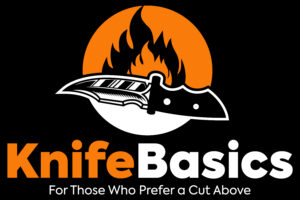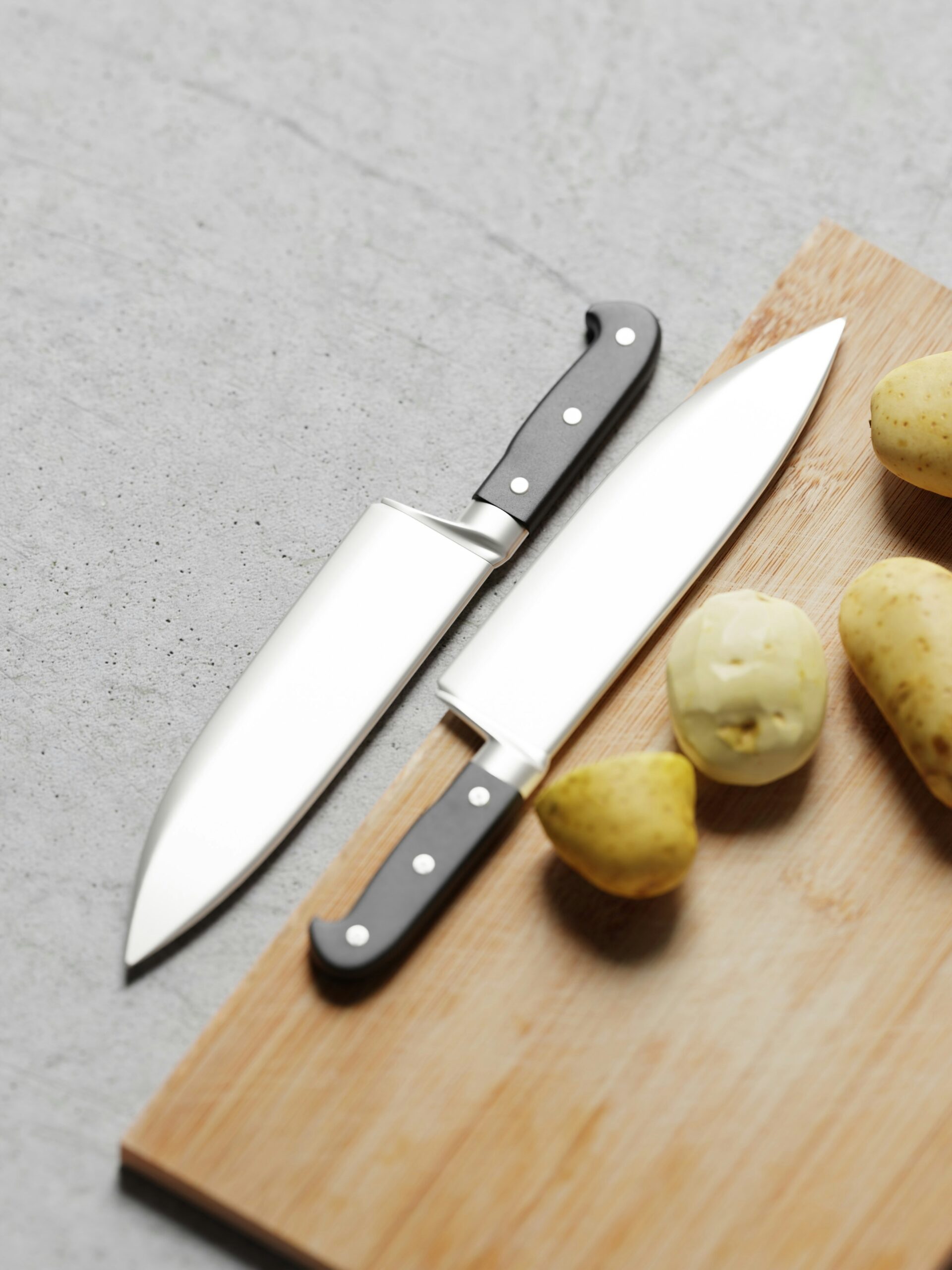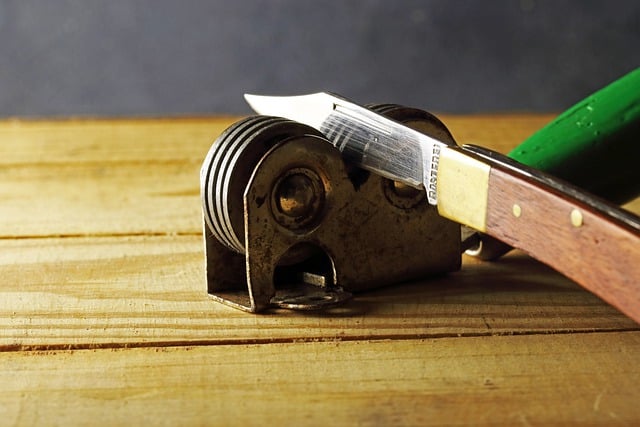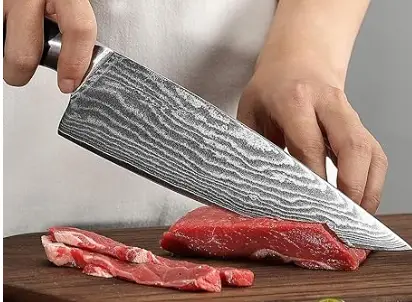Best Knife Steel: A Comprehensive Guide in Knife Steel 101
Knife steel is a big deal. It’s what makes a knife perform. It determines edge retention, toughness, corrosion resistance and sharpening ease. When choosing a knife, understanding the differences between steel types will help you choose one that’s right for you. The composition and treatment of knife steels creates different performance profiles for different applications and preferences.
At the heart of knife steel is hardness, measured on the Rockwell scale (HRC). This measures a steel’s ability to resist deformation under pressure and directly correlates to edge retention. Higher HRC means better edge retention, the knife will stay sharper longer. But too hard steel can be brittle and chip or break under extreme conditions, so a balanced hardness is key.
Alloying elements are what make knife steel better. Common additives like chromium, vanadium and molybdenum affect toughness, corrosion resistance and wear resistance. For example chromium is key for stainless steel, it gives it the ability to resist rust and staining. Vanadium can improve wear resistance, making the knife more durable for heavy use.
Heat treatment is another big part of knife steel that affects its performance. This controlled heating and cooling changes the steel’s microstructure, increasing hardness and toughness. Each type of steel has its own specific heat treatment to optimize its performance, so knowledge of this process is important for both manufacturers and consumers. Understanding these basic concepts of knife steel will help you make more informed decisions when choosing the right steel for your needs.
Understanding Knife Steels
Knife steels are the backbone of any knife, dictating its performance, durability, and overall quality. Understanding the composition and properties of different knife steels is essential for making informed decisions when purchasing a knife. Whether you’re a professional chef, an outdoor enthusiast, or a tactical user, knowing the ins and outs of knife steels will help you choose the right blade for your needs. Each type of steel offers unique characteristics, from edge retention and toughness to corrosion resistance and ease of sharpening. By delving into the world of knife steels, you can better appreciate the craftsmanship behind each blade and select a knife that perfectly suits your requirements.
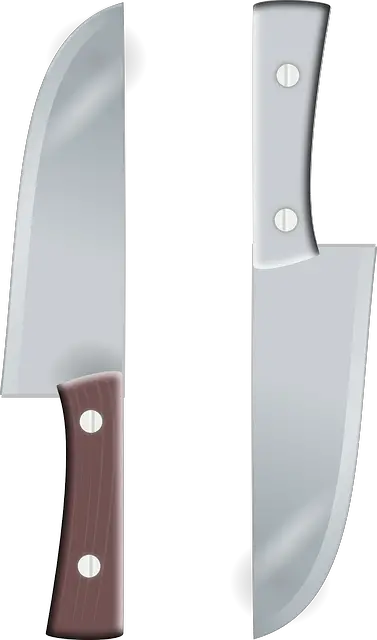
Types of Knife Steel
When choosing the best knife steel it’s good to know the different types, each has its own characteristics, pros and cons. Three main types of knife steel are stainless steel, high carbon steel and tool steel.
Stainless steel is known for its corrosion and rust resistance, so it’s great for users who use knives frequently or want maintenance free options. Among the most popular stainless steel is VG-10, it has excellent edge retention and sharpening ease. This steel is used in high end kitchen knives, it’s the perfect balance of durability and performance. Japanese stainless steel, including grades like VG-10, AUS-10, and Ginsan, is renowned for its composition, performance characteristics, and exceptional corrosion resistance. But stainless steel may lack the extreme hardness of some carbon steel which can be a deciding factor for knife enthusiasts.
High carbon steel like 1095 is known for its hardness and edge retention. Knives made from this type of steel can get extremely sharp and are great for various cutting tasks. But high carbon steel is more prone to rust and needs regular maintenance to prevent corrosion. Damascus steel, with its historical origins and distinctive aesthetic qualities, features a unique swirling pattern resulting from the welding of different steel types. This may not be for everyone but for those who prioritize performance and sharpening ease high carbon options are still attractive.
Lastly tool steel is designed for making cutting tools, it’s durable and wear resistant. S30V is a popular tool steel, it has advanced edge retention and corrosion resistance, it’s a favorite among tactical and outdoor knives. The drawback of tool steel is its cost, it’s more expensive than stainless and high carbon steel. But for serious knife collectors and professionals the investment in tool steel is worth it for the performance.
Knife Steel Composition
Knife steels are a complex blend of various elements, each contributing to the steel’s overall performance and characteristics. The specific combination of these elements can significantly impact the knife’s hardness, toughness, wear resistance, and corrosion resistance.
- Carbon: Carbon is a fundamental component in knife steels, playing a crucial role in increasing hardness and wear resistance. High-carbon steels, such as 1095, are known for their ability to achieve a sharp edge and maintain it. However, they can be more susceptible to corrosion, requiring regular maintenance to prevent rust.
- Chromium: Chromium is essential for enhancing corrosion resistance. Stainless steels, like VG-10 and 440C, contain at least 10.5% chromium, which helps them resist rust and staining. This makes stainless steel an excellent choice for kitchen knives and other applications where moisture exposure is common.
- Vanadium: Vanadium is added to knife steels to improve wear resistance and toughness. It helps create a fine grain structure, which enhances the steel’s overall durability. Steels like S30V benefit from vanadium, making them ideal for heavy-duty use.
- Molybdenum: Molybdenum contributes to the steel’s hardness and wear resistance. It also helps maintain the steel’s strength at high temperatures, making it a valuable addition to high-performance knife steels.
- Tungsten: Tungsten is known for its ability to increase hardness and wear resistance. It forms hard carbides within the steel, enhancing its overall durability. Steels with tungsten, such as some high-end tool steels, are highly wear-resistant and can withstand rigorous use.
The composition of a knife steel is often expressed in its chemical formula, indicating the percentage of each element present. For instance, 440C stainless steel comprises 1.1% carbon, 17% chromium, 1% molybdenum, and 1% vanadium. Understanding these compositions helps you appreciate the unique properties of each steel type and choose the one that best fits your needs.

Performance: Edge Retention, Sharpness, Corrosion Resistance
When choosing the best knife steel you need to understand its performance characteristics whether you’re an experienced user or a newbie. Key factors to consider are edge retention, sharpness and corrosion resistance. These affect the usability and lifespan of a knife so it’s important to know how each type of steel performs in these areas.
Edge retention is the ability of a knife to keep its sharpness over time. High end steels like CPM-S30V and M390 are known for their excellent edge retention. These types of steel have refined microstructure that helps them resist dulling even after heavy use. Steels like S30V, S35VN, and CPM M4 are noted for their good edge retention, making them popular choices for both folding and fixed-blade knives. High-performance knife steels such as S30V, S35VN, and CTS-XHP offer very good edge retention, maintaining a sharp edge for an extended period while being relatively easy to sharpen. Additionally, wear resistance and edge retention are crucial in determining how well a knife can maintain its sharpness during use and resist damage. Lower end stainless steel may need frequent sharpening, that can be frustrating for users who want performance and reliability.
Sharpness is another factor to consider when comparing knife steels. Some steels are easier to sharpen than others which can greatly affect the user’s experience. Steels like AUS-8 is known for its simplicity in honing, you can do quick touch ups in the field. D2 is harder and holds an edge well but can be challenging to sharpen, you need specialized equipment or skills.
Corrosion resistance is very important for knives used in humid or wet conditions. Stainless steel like VG-10 and 440C has superior corrosion and staining resistance and has a balance of hardness and sharpness. Steels like 154CM and ATS 34 are known for their good corrosion resistance, making them suitable choices for users seeking durability and ease of maintenance. But some high carbon steel like 1095 can rust if not properly maintained. Users must weigh their options based on the environment they will use their knives and how much maintenance they are willing to do.
Now that you understand the performance characteristics you can make informed decisions on what knife steel to use for your needs, whether you prioritize edge retention, ease of sharpening or corrosion resistance.
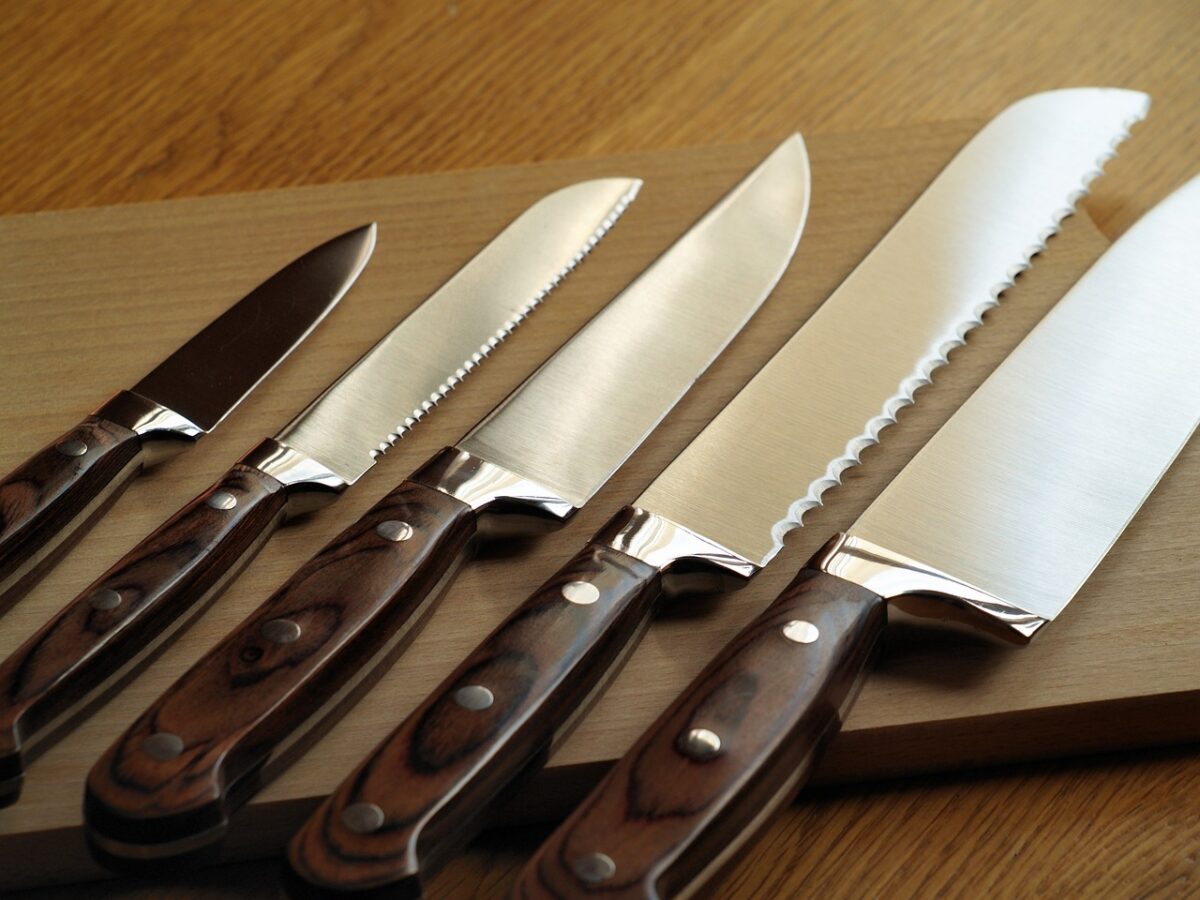
Choose the Right Knife Steel for You
When choosing the best knife steel you need to consider the purpose of the knife. Whether you need a blade for kitchen use, outdoor or tactical, your specific needs will guide your decision. For kitchen knives stainless steel is often preferred because of its corrosion resistance and low maintenance. High carbon stainless steel has a great balance of edge retention and durability so it’s perfect for chefs who use their knives frequently.
For outdoor knives the steel choice may depend on the environment you expect to be in. Tool steel like D2 or CPM-3V is often preferred for its toughness and can withstand harsh conditions. But users should remember that these steels need more maintenance to prevent corrosion especially in humid or wet environment. If the knife is for camping or survival use, a steel that holds a sharp edge but can be easily sharpened like AUS-8 or 440C may be the best.
Tactical use requires special demands, often a combination of strength, reliability and ease of deployment. Steels like S30V or CPM-S35VN is known for its toughness and wear resistance so it’s a great choice for tactical knives. Knife blades made from these steels undergo specific heat treatments that enhance their properties, impacting functionality and maintenance. Weight and balance should also be considered especially if you will be carrying the knife for long period. Budget is also a factor to consider; while premium steel gives better performance there are many budget friendly options that still works well.
In the end knowing the frequency of use, environmental conditions and personal preferences in handling knives will help you choose the right knife steel for you. Knowledge is power so users can make decisions that suits their situation and long term expectations for the knife.
